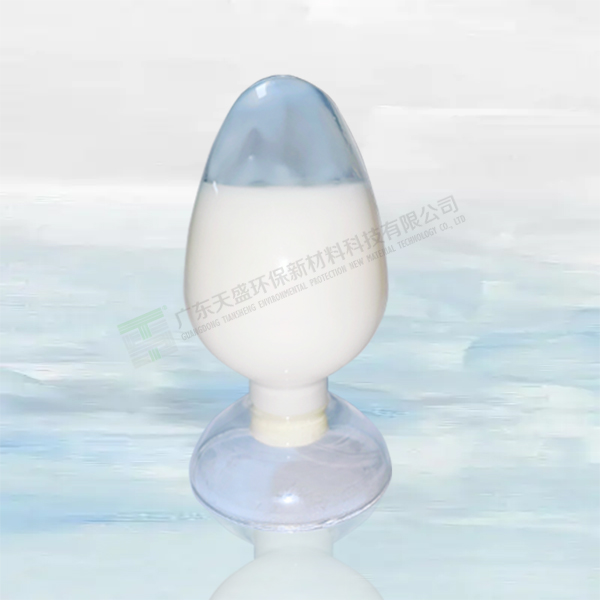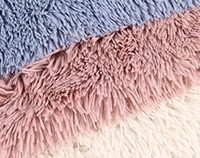Technical background
The growth of microorganisms on textiles can lead to issues such as functionality, hygiene, and aesthetics. The unpleasant odor on intimate clothing such as socks, the spread of bacteria, pollution, and degradation of textiles are all adverse effects caused by microbial attacks; Photocatalysis is the general name of a kind of photo semiconductor material with photo catalytic function represented by nanometer iron dioxide. Under the action of ultraviolet and visible light, Photocatalysis converts light energy into Chemical energy to generate highly chemically active takin free radicals (· 0H) and superoxide anion (· 02_), which can effectively kill a variety of bacteria and decompose and innocuously treat toxins released by bacteria or fungi. At the same time, it also has formaldehyde removal, deodorization Functions such as anti pollution and air purification. The chemical structure of silver determines that silver has a high catalytic ability. The reduction potential of high Oxidation state silver is high enough to generate atomic oxygen in its surrounding space. Atomic oxygen has strong oxidizing properties and can be sterilized. Ag+can strongly attract the base (- SH) on the protease in the bacterial body, quickly binding to it, causing the protease to lose its activity and leading to bacterial death. After the bacteria are killed by Ag+, Ag+dissociates from the bacterial body and comes into contact with other colonies, repeating the above process, which may be the reason for the persistence of silver sterilization. According to measurements, when the Ag+content in water is 0.01ppm, it can completely kill the large bacteria in the water and maintain the ability to prevent the proliferation of new bacterial communities for up to 90 days. RD33 is an antibacterial system product of nano silver dioxide anion, which combines the advantages of high photocatalytic activity, low cost and non-toxic of Photocatalysis, as well as wide spectrum and high efficiency of silver system, and is not easy to produce antibiotic resistance. At the same time, silver ions are deposited on the surface of nano-sized titanium dioxide, and the photocatalytic performance of nano-sized titanium dioxide is used to reduce or even avoid the oxidative discoloration of silver components under light conditions: it is a highly effective antibacterial agent that combines the advantages of silver ions and Photocatalysis and makes up for their shortcomings.
Usage method
Reference dosage: Depending on the different textiles being processed, different usage methods, and desired effects
RD33: 20-60g/L
Instructions for use: RD33 may experience layering after being placed for a period of time, but mixing evenly does not affect the effect. Before use, it is necessary to mix evenly
Application method: immersion rolling method
Application examples:
Dip rolling method for finishing (before adding fabric, RD33 needs to be stirred and completely dispersed in water, presenting no insoluble particles before finishing)
RD33: 20-60g/L
Soaking and drying (general drying temperature) - shaping
Precautions
1. RD33 should be stored in a cool and dry place, avoiding direct sunlight
2. In general, RD33 is the last step to be organized
3. RD33 belongs to the anionic and non ionic type, and it is generally not recommended to bath with cationic aids (such as waterproofing agents, active fixing agents, silicone oil, etc.). If cationic aids need to be sorted, it is recommended to first sort the antibacterial agent before sorting the cationic aids (to prevent the cationic aids from falling off and reacting with the antibacterial agent)
4. RD33 is an antibacterial agent used to maintain fabric freshness, reduce odor, and provide fabric protection




